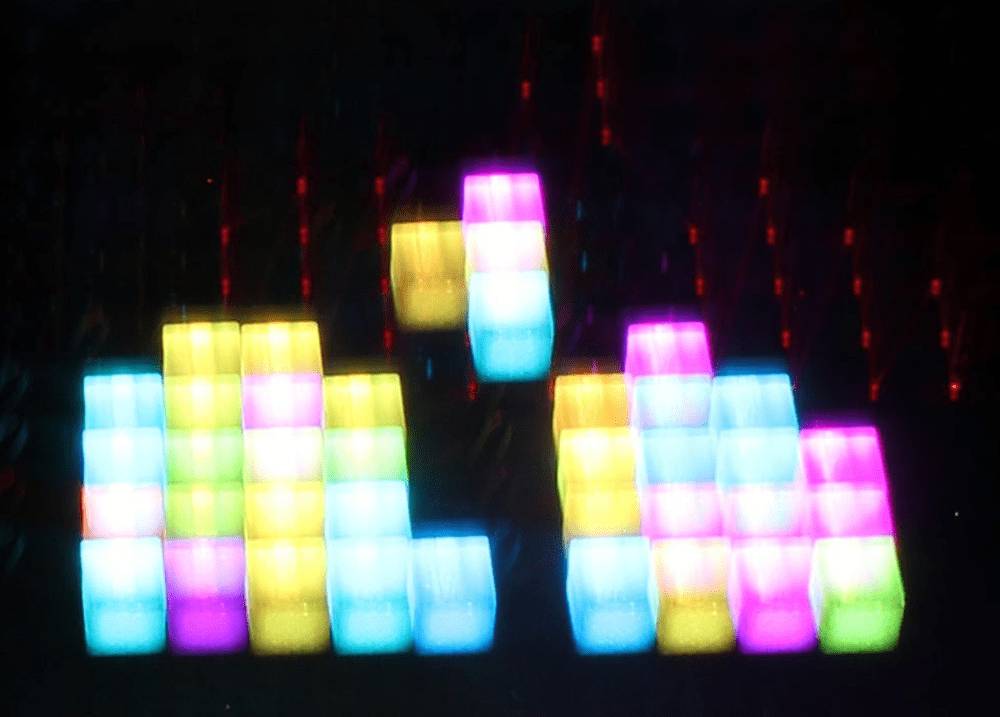Schlagwort: light-painting
-

Use light painting to visualize magnetic fields
Reading Time: 2 minutesLight painting is a photography trick that exploits a camera’s shutter. To ensure proper exposure in different lighting conditions, cameras have variable shutter speeds. If the subject is well-lit, then the shutter may only remain open for ten or so milliseconds. But if the subject is very dark, then a photographer may…
-

Light painting with a CNC router
Reading Time: < 1 minuteLight painting with a CNC router Arduino Team — March 6th, 2019 Maker Jeremy S. Cook has experimented with both CNC machinery and light painting in the past, and decided to combine these two skills into a new artistic device. His setup uses a web app found here to program a…
-

Light painting rig is a masterpiece of artistic hardware hacking
Reading Time: 2 minutesLight painting rig is a masterpiece of artistic hardware hacking Arduino Team — July 30th, 2018 Light painting is an art form where dark areas are selectively lit to form interesting effects. While normally a manual operation, Josh Sheldon has come up with a rig to automate and enhance the process. The results…


